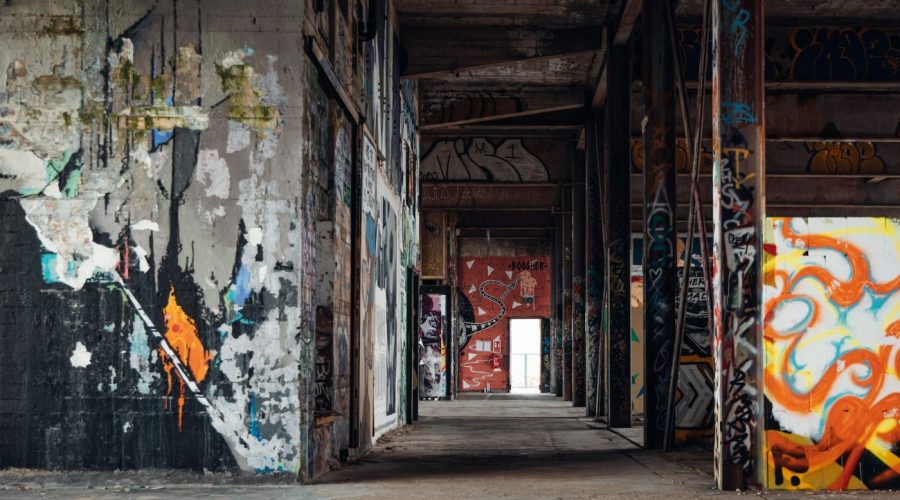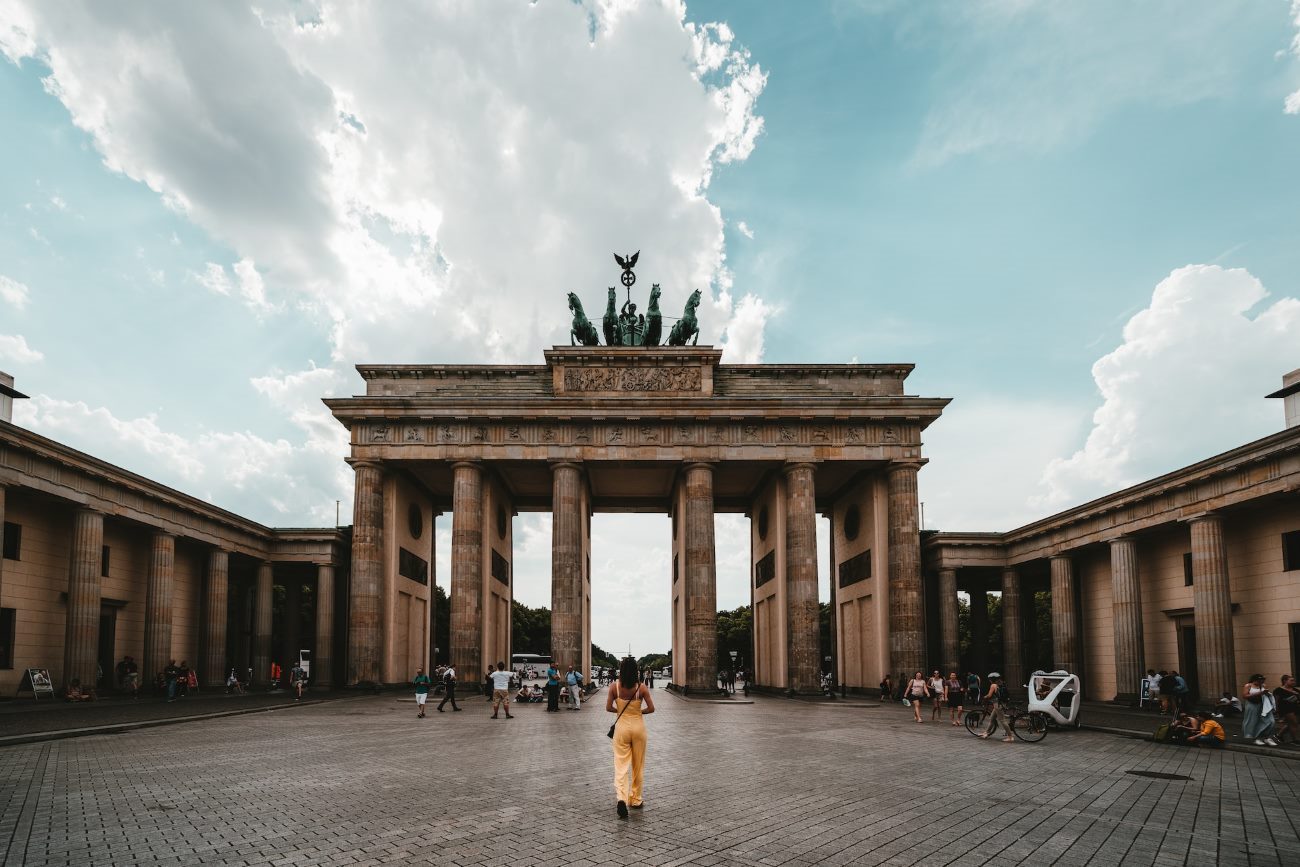Why is the Holocaust Memorial in Berlin, Germany an Important Historical Site?
The Holocaust Memorial in Berlin Germany operates as a stoic monument which honors the millions of innocent dead during an era known as the Holocaust. This site functions as both a memorial point for the victims while also providing educational programs to future generations to prevent future genocides. This article examines the meaning behind these important elements of the historical site.
1. History and Design
The Memorial to the Murdered Jews of Europe inaugurated its doors officially on May 10th 2005. The Berlin-based 19,000-square-meter monument exists near the Brandenburg Gate as a creation of architectural designer Peter Eisenman along with Buro Happold.
The memorial displays itskinson, called stelae, which populate a ground with organic slopes in a rectangular configuration. These stelae differ in their heights which gives visitors to the site both an unsettling sensation and disorientation. The memorial designers intended to generate discomfort through their layout because it symbolizes the chaos victims suffered during the Holocaust.
2. Commemoration and Remembrance
The Holocaust Memorial functions as an official site dedicated to memorialize and honor lost lives during the Holocaust. The memorial welcomes visitors to ponder Holocaust magnitude while honoring the six million Jewish adults who suffered destruction.
The memorial experience provides visitors with encounters with imposing stone slabs while removing pathways from the display as they witness changing visual points of view. The historical elements create diverse responses that lead visitors to develop relationships with the presented historical events. This site functions as a compelling warning about human loss which demonstrates why we must keep the memory of victims present for history.
3. Education and Awareness
The facility functions both as an eternal reminder of Holocaust victims and as an educational facility for Holocaust awareness. The Information Center located underground delivers extensive historical details as well as individual accounts that enhance visitor understanding of Holocaust atrocities.
Visitors can find exhibits consisting of photographs along with official documents and personal accounts that display at the Information Centre. The center delivers detailed knowledge about both the historical foundations of the Holocaust and Nazi policies and the official method of eliminating millions of Jewish victims along with targeted population groups.
4. Contemplation and Reflection
The Holocaust Memorial serves as an important destination that enables visitors to reflect while they contemplate. Because the memorial embraces abstraction it provides people with space to generate their own interpretations about the subject and their own feelings.
People who visit the memorial are expected to stay within the labyrinth space so they can deeply think about the massive scale of the Holocaust along with its current relevance for modern society. The site teaches us important lessons about extending kindness toward others while acting against immoral acts.
5. Impact and Global Significance
The Holocaust Memorial in Berlin has created significant effects on local and international levels. Berlin citizens now use this memorial space for public gatherings in addition to making it their prime destination for memorial visits and tribute.
A worldwide effect of the memorial demonstrates how it enhances Holocaust recognition and helps establish its nature as a historic genocide. People from worldwide visit this internationally distinguished symbol which receives millions of tourists yearly. This memorial teaches us about the necessity to face our historical past to advance toward an inclusive society of tolerance.
Conclusion
The Holocaust Memorial located in Berlin Germany serves three essential purposes by upholding Holocaust history and paying tribute to victims while teaching upcoming generations. Visitors can experience three vital functions at the memorial through its inspiring design creation and historical education system and commemorative displays. The monument serves two crucial purposes: it remembers the past atrocities and compels us to build a more dignified world for all people.
Table of Contents



